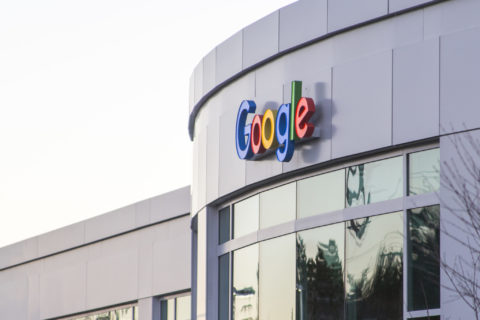Confirmation bias is a tendency people have to interpret evidence in ways that support or preserve their existing beliefs. For example, if someone believes in astrological star signs, they might read their horoscope and then look for evidence which supports their horoscope’s prediction.
But why do people do this?
Biased selection of evidence – People search for and select evidence
that supports their hypothesis. Furthermore, they ignore evidence which contradicts
a belief. For example, people often only pay attention to political
commentators that mirror their existing views. Positive evidence is given more
weight, is more salient, and is better remembered than contradicting evidence.
Biased interpretation of evidence – People often interpret ambiguous evidence as supporting their own pre-existing beliefs. This is how people with opposing views can draw opposite conclusions from the same evidence. To quote Warren Buffet:
“What the human being is best at doing is interpreting all new information so that their prior conclusions remain intact”
Confirmation bias can reveal how some people can believe what most of us would consider to be completely implausible things. For example:
- If you believe the earth is flat, you may then interpret evidence to the contrary very differently from someone who believes the world is round
- Therefore, flat earth theorists emphasise the fact that the sun appears like it’s moving across the sky
- This bolsters their point that the sun is, in fact, moving relative to the earth which is stationary
- The explanation that the earth turning away from the sun creates the illusion is disregarded or ignored
Confirmation bias can also explain extreme points of view – e.g. the performance of sportspeople. Kevin Pietersen, the international cricketer, observed the effects of confirmation bias amongst cricket fans. In his recent autobiography, he notes:
“I play defense, but then I go for the occasional reckless seeming shot which seems to rub people up the wrong way. I do well and the people who like me say that is why they watch me. The people who hate me say, yeah, just wait. I do badly and the people who like me say, he takes risks: that’s just what comes with the territory. The people who hate me say, told you so. People formed their opinions of me a long time ago, and everything I have done since then is used to confirm that opinion.”
This is a clear example of noticing and seeking evidence that supports an existing belief, and discounting or not noticing contrary evidence.
So what does this all mean?
In research, watch out for confirmation bias, not only among the consumers you’re researching, but in yourself! It can be very tempting to go into research with a pre-existing hypothesis, perhaps yours, or the client’s and then look for evidence to support that. David Cowan, a man before his time, once said:
“Minds need to be cleared of believing they already have the answers when the big questions have never even been properly identified and investigated. In detective mode the marketer needs to proceed as though in a forensic investigation, identifying the causes of behaviour and implementing the appropriate change mechanisms.”[1]
NEXT IN THE SERIES: Every three
weeks The Behavioural Architects
will put another cognitive bias or behavioural economics concept under the
spotlight. Our next article features the concept of framing.
By Crawford Hollingworth and Liz Barker, The Behavioural Architects
www.thebearchitects.com
@thebearchitects
PREVIOUS ARTICLES IN THE SERIES:
System 1 & 2
Heuristics
Optimism bias
Availability bias
Inattentional blindness
Change blindness
Anchoring
[1] Cowan, D., “Why can’t big companies grow, Market Leader, Journal of the Marketing Society, Issue 7, 1999



1 comment
It’s important to recognize that these biases are embedded into the thought processes of every researcher and every research participant. it’s impossible to cast aside these biases so we must recognize that they exist, where they might exist, and find ways to make them less prominent. It’s not an easy task!